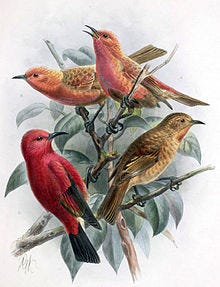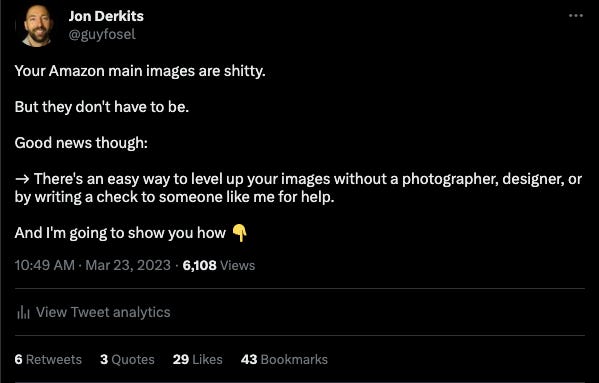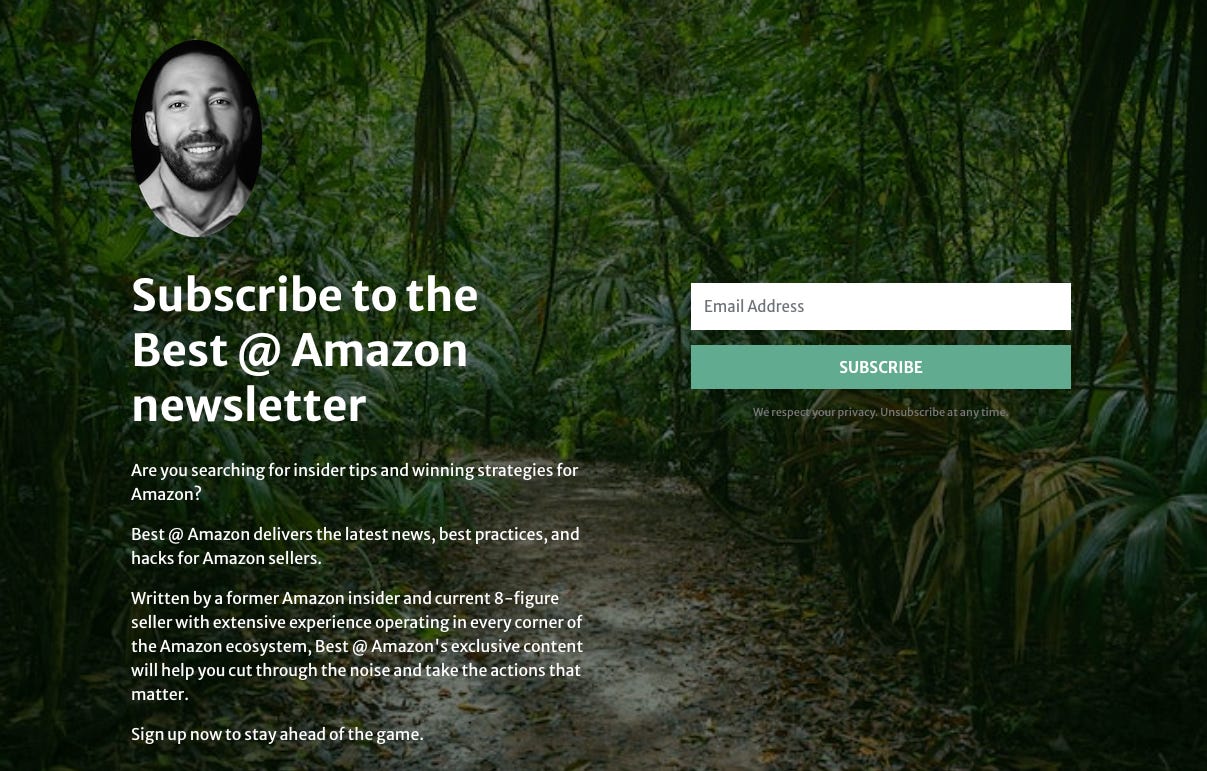You all haven’t heard from me in a while. Over a year, actually.
I guess I’ve been busy. Turns out that running a boutique Amazon agency, owning/operating multiple Amazon businesses, brokering exits for Amazon sellers, and…being a Dad…doesn’t leave time for much else. Certainly not weekly research and ruminations on leadership. Which is sort of the founding charter of this newsletter.
But, in neglecting The Leader’s Digest (and the ~2.5k of you that subscribe to it) over the past year, I’ve stumbled into what will be my last leadership lesson in this newsletter1:
Evolving is key to success
Ok, I know, I know. It’s not exactly an original thought. Some English guy by the name of Charles Darwin maybe penned some notes about this idea nearly two centuries ago.
But hear me out, because I’ve been thinking about this for a while.
And it all started with a Wikipedia rabbit-hole on the Laysan honeycreeper…

If you haven’t heard of the Laysan honeycreeper, I wouldn’t be surprised. For one thing, most people aren’t ornithologists. For another, it went extinct sometime in the early 1900s.
The story of why it went extinct is what’s notable here though. You see, the Laysan honeycreeper actually thrived for a long time before that. Its long bill made it particularly well-suited to feed on nectar buried deep within flowers in its habitat on Layman Island (Northwestern Hawaii).
(You can probably guess where this is going)
But, when domestic rabbits were introduced to Layman Island in the late 19th century, the rabbits quickly consumed nearly all vegetation on the island…including the nectar sources for the Laysan honeycreeper…ultimately leading to the Laysan honeycreeper’s extinction.
Let’s contrast this with a close relative of the Laysan honeycreeper: the Laysan finch.
The Laysan finch also fed on nectar, but wasn’t particularly good at it, owing to a shorter beak. As a consequence, the species adapted itself to feed off multiple food sources: seeds, small insects, fruit, eggs of nesting seabirds (though, it wasn’t particularly good at cracking them due to its small beak).
The Laysan finch evolved into sort of a dietary “generalist” and, as a result, survived; while its close relative, the Laysan honeycreeper, did not.
What does this have to do with leadership and a transition to a new newsletter?
Everything! (Or maybe nothing. You can decide.)
I’ve always subscribed to the view that the primary responsibility of a leader, above all else, is to evolve. To grow. To get 1% better every day. To model a growth mindset.
So, as it goes, it’s time for me to evolve. To grow my newsletter side hustle into one that better fits within my overall business ecosystem of:
Advising, educating, and operating Amazon brands
And, with that, the Best @ Amazon newsletter is born!2
What To Expect With Best @ Amazon
If you follow me on social media, you’ve probably seen some of the content that I put out. I would describe it as a mix of:
Analysis and perspective on Amazon-related events, informed by my experience working there (20%)
“How to” explainers, hacks, and best practices for running an Amazon private label brand (50%)
Leadership, critical thinking, and decision-making frameworks informed by my cumulative career experiences (20%)
Dumb memes (9%)
Self-promotion (1%)
Turns out, my brain is (mostly) wired to think and write about Amazon. So that’s what I’m going to be doing with my Best @ Amazon newsletter.
Think of it as #1 and #2 above, but enriched with things that I choose not to say publicly for fear of either a) some Amazon lawyer coming after me or b) eliminating the competitive edge on the marketplace that comes from certain of my tactics.
“But Jon, isn’t your newsletter public?” Well, yes. But in my head there’s a difference between public and visible vs. public and…less visible. I’m sort of trusting all of you that subscribe to keep things “in the family” and maintain our unfair advantage on Amazon for as long as possible.
Anyway, if you want some examples of what you can expect in the Best @ Amazon newsletter, have a look at these tweets and keep in mind that they represent maybe 70-80% of what I would say/share in a more private environment (sorry for the clunky linking; Twitter and Substack are beefing right now, which is impacting Tweet embeds).
https://twitter.com/guyfosel/status/1638930944051798016?s=20
https://twitter.com/guyfosel/status/1628801690936967168?s=20
https://twitter.com/guyfosel/status/1636397725339226113?s=20
What You Need To Do
Nothing!
Yeah, seriously. There’s nothing that you need to do.
I’m going to automatically move you all over to my Best @ Amazon newsletter under the assumption that, if you found me interesting and/or valuable enough to read over here, then you’ll find me interesting and/or valuable enough to read over there.
My assumption might be wrong for some of you. And that’s ok. Not everyone wants to geek out about Amazon in the same way that I do. Just hit the unsubscribe button when the first email hits your inbox (actually, maybe wait for a few emails to come through before you unsubscribe; my new email platform might not like a large number of unsubscribes happening all at once).
But look, if you unsubscribe, I won’t be offended. We can still grab a beer or coffee together some time.
See you over there.
-Jon
I’m only using “last” in a loose sense here. The world changes, people change. I may come back to this little intellectual endeavor at some point. Either way, I’ll leave this Substack page up for as long as I can (i.e., until Substack sends me a hosting bill).
I’m also migrating newsletter platforms, but I’m not going to get into the details here because “ain’t nobody got time for that.”




